1. The Velvet Underground & Nico – The Velvet Underground & Nico (1967)

When this album first dropped, its raw depictions of drug use, sexual exploration, and urban alienation made it a tough sell for mainstream America. The mix of Lou Reed’s deadpan vocals and John Cale’s experimental instrumentation was ahead of its time. Critics were divided, and it barely sold, yet it planted seeds that would grow into punk, alternative, and indie rock. Its reputation as a “dangerous” record only fueled its cult following.
Over the decades, the album’s influence has skyrocketed. Artists from David Bowie to R.E.M. cite it as foundational. The iconic banana cover by Andy Warhol is now as legendary as the music inside. What once seemed abrasive and confrontational is now celebrated as fearless creativity.
2. Sgt. Pepper’s Lonely Hearts Club Band – The Beatles (1967)
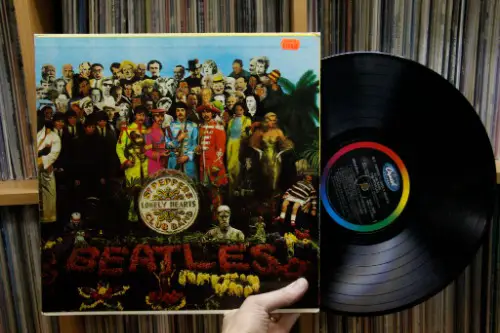
When it was released, Sgt. Pepper challenged the very notion of what an album could be. Psychedelic soundscapes, unconventional recording techniques, and a concept linking songs as a “show” were radical departures from the pop standard. Some American listeners found the album confusing or self-indulgent at first. Yet it reflected the cultural experimentation of the late ’60s, even as it polarized some critics.
In hindsight, it’s a masterpiece that reshaped music. Its elaborate production set a new standard for studios everywhere. The album’s playful cover art and eclectic influences are still studied in music schools. What felt strange to mainstream America became a template for artistic ambition.
3. The Stooges – The Stooges (1969)
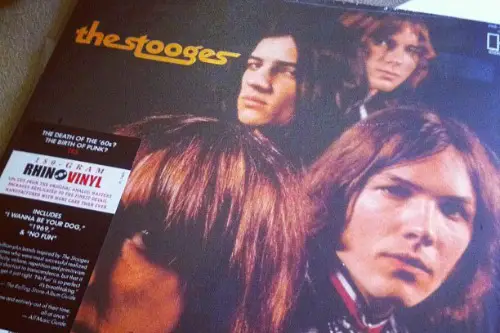
Iggy Pop’s debut with The Stooges arrived like a punch to the gut. Raw, aggressive, and noisy, it made little sense against the polished rock of the time. Its minimalism and primal energy were considered dangerous by some radio stations. Despite slow sales, it became a blueprint for punk rock.
Over time, The Stooges’ sound influenced bands like the Sex Pistols and Nirvana. What sounded chaotic in 1969 became revolutionary. Critics now celebrate its urgency and authenticity. It’s a reminder that being ahead of your time often feels alien at first.
4. The Clash – London Calling (1979)
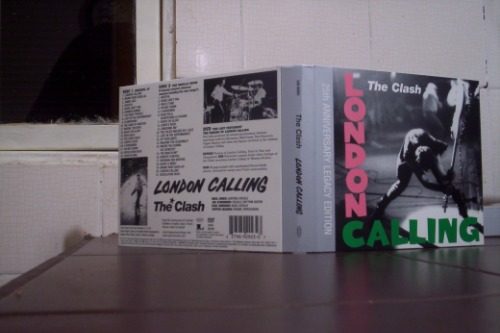
London Calling was a genre-bending juggernaut, blending punk, reggae, rockabilly, and ska. For American audiences expecting straightforward punk, the album was a curveball. Its lyrics tackled social unrest, racial tension, and political dissatisfaction—heavy topics for a market primed for pop escapism. Some radio stations were hesitant to play it.
Today, London Calling is hailed as a defining punk-era masterpiece. Its fusion of styles opened doors for alternative music everywhere. The iconic cover of bassist Paul Simonon smashing his guitar is forever etched in rock history. What once seemed confrontational is now celebrated as timeless artistry.
5. Public Enemy – It Takes a Nation of Millions to Hold Us Back (1988)
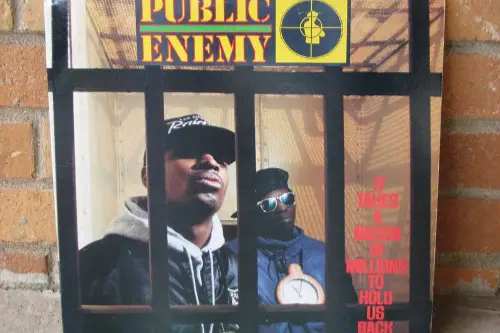
When this hip-hop classic hit stores, its politically charged lyrics startled mainstream America. Public Enemy combined militant messages with dense, sample-heavy production that demanded attention. The album’s confrontational tone about systemic racism, police brutality, and inequality made some retailers cautious. Despite that, it quickly became a rallying cry in hip-hop communities.
Now, it’s recognized as one of the most influential albums in music history. Every beat, every scratch, every shouted line was intentional and revolutionary. It shaped the way hip-hop could be both art and activism. What was once controversial became foundational.
6. Nirvana – Nevermind (1991)

Nevermind dropped grunge into the American mainstream like a tidal wave. Its raw emotion, distorted guitars, and Kurt Cobain’s anguished vocals were a departure from the polished pop dominating radio. Teen angst suddenly had a soundtrack that felt brutally honest. Many early listeners were shocked by the album’s unvarnished intensity.
In retrospect, Nevermind redefined rock in the ’90s. It propelled alternative music to the forefront and ended the dominance of glam metal. “Smells Like Teen Spirit” became an anthem for a generation. What was once shocking is now iconic and endlessly imitated.
7. Prince – Purple Rain (1984)
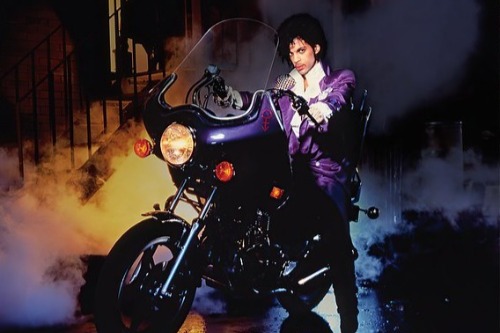
When Purple Rain came out, Prince’s fusion of funk, rock, and sensuality felt audacious. His exploration of sexuality, spirituality, and power in the lyrics pushed boundaries. Some conservative audiences were taken aback by the intensity of his performances. Yet the album still topped charts and earned widespread acclaim.
Today, Purple Rain is synonymous with artistic genius. Prince’s virtuosic guitar work, layered production, and theatricality are legendary. The soundtrack also demonstrated that films and albums could intertwine seamlessly. What was daring for 1984 now feels like an essential milestone in pop history.
8. Bob Dylan – Blonde on Blonde (1966)
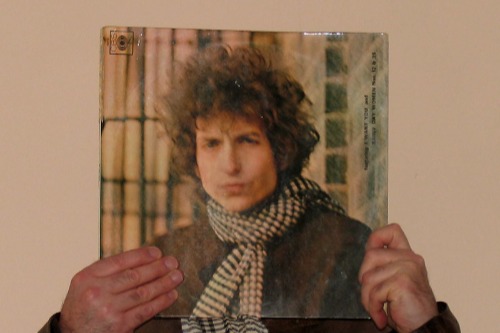
Dylan’s double album blurred folk, rock, and surreal poetry in ways few Americans were ready for. His lyrics were dense, cryptic, and sometimes confrontational, challenging listeners to think deeply. Folk purists were scandalized by his use of electric instruments. Radio stations were unsure how to categorize it.
Now, Blonde on Blonde is considered one of Dylan’s masterpieces. It helped redefine what songwriting could accomplish. The lyrical complexity inspired generations of musicians. What seemed indecipherable then is celebrated as genius now.
9. Radiohead – OK Computer (1997)
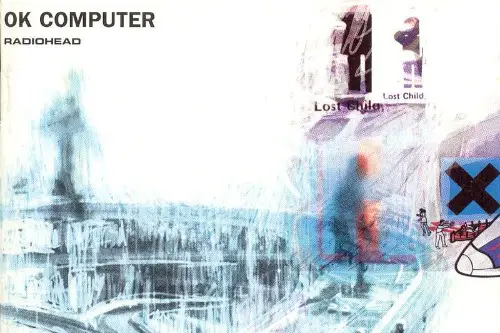
When OK Computer hit, its experimental approach and dystopian themes puzzled some listeners. Thom Yorke’s ethereal vocals, abstract lyrics, and complex production were unlike typical ’90s rock. Many critics initially struggled with its unconventional soundscape. It wasn’t designed for easy radio play.
Today, OK Computer is viewed as a prophetic and groundbreaking work. It foresaw the alienation of the digital age and influenced countless artists. Its layered arrangements are dissected in classrooms worldwide. What was once challenging is now considered essential listening.
10. Joy Division – Unknown Pleasures (1979)

Unknown Pleasures arrived with a cold, haunting, and minimal post-punk sound that confounded audiences. Ian Curtis’s lyrics about isolation and despair were uncomfortable for listeners expecting upbeat pop or disco. The album’s stark production made it feel like a complete break from convention. Its commercial performance was modest at first.
Decades later, it’s hailed as a post-punk masterpiece. Its atmospheric sound influenced goth, alternative, and industrial music. Curtis’s tragic story only deepened its mythos. What once felt alien now feels timelessly expressive.
11. Jimi Hendrix – Electric Ladyland (1968)
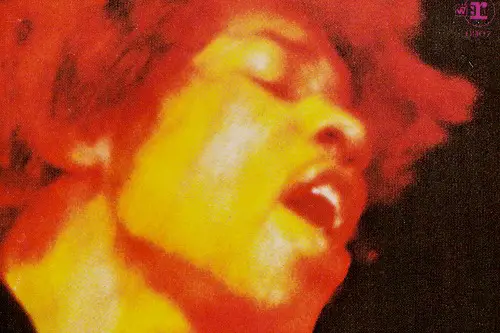
Electric Ladyland was Hendrix at his most ambitious, blending psychedelic rock, blues, and experimental studio effects. Some songs’ sexually explicit themes and drug references raised eyebrows. Its sprawling double-album format challenged listeners used to shorter rock records. Critics and audiences were divided initially.
Now, Electric Ladyland is widely celebrated as Hendrix’s magnum opus. Tracks like “Voodoo Child” are legendary for guitar innovation. The album reshaped what was possible in rock production. What was daring then is now revered.
12. The Who – Tommy (1969)
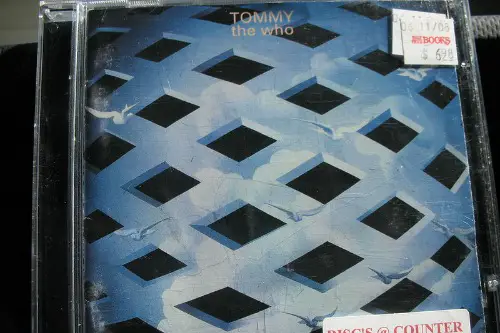
Tommy was one of the first rock operas, telling a complex story through music, which was radical for the time. Its narrative about trauma, deafness, and spiritual awakening pushed the limits of pop-rock storytelling. Some listeners didn’t know how to approach it, finding it pretentious. Radio stations often preferred to play singles, not a continuous narrative.
Over time, Tommy became a milestone in rock history. It inspired stage adaptations and concept albums for decades. Pete Townshend’s ambition changed how artists approached storytelling in music. What initially felt overwhelming became revolutionary.
13. Miles Davis – B*tches Brew (1970)

B*tches Brew fused jazz, rock, and electronic experimentation, shocking purists. Its long, improvisational tracks defied conventional structure. Some critics dismissed it as chaotic, while fans were unsure how to approach it. Columbia Records wasn’t certain it would even sell.
Now, B*tches Brew is a cornerstone of jazz fusion. Its innovative production and instrumentation influenced decades of music. Miles Davis’s boldness challenged genre boundaries. What was once radical became transformative.
14. Lauryn Hill – The Miseducation of Lauryn Hill (1998)

When Lauryn Hill released this album, its combination of hip-hop, R&B, and soulful introspection stood out. Lyrics addressed love, faith, identity, and societal issues, making it more than just catchy tunes. Some listeners were surprised by the depth and honesty of the storytelling. The album’s success wasn’t immediate in traditional pop circles.
Now, it’s revered as one of the most influential albums of the ’90s. Hill’s vocal versatility and songwriting brilliance are studied and celebrated. Its cultural and musical impact resonates decades later. What was revolutionary then is now iconic.
15. Kanye West – Yeezus (2013)
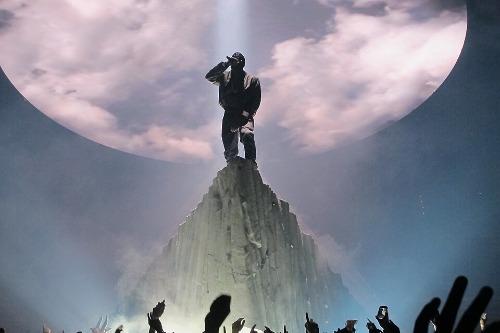
Yeezus arrived with abrasive production, minimalist beats, and confrontational lyrics, shocking fans expecting more conventional hip-hop. Its industrial, experimental sound was initially polarizing. Many radio stations hesitated to play it due to the raw, unfiltered energy. Some critics were baffled by Kanye’s willingness to alienate listeners.
Today, Yeezus is praised as a fearless work of art. Its boldness influenced modern hip-hop and electronic music production. Every sonic choice felt intentional, creating a blueprint for experimentation. What once seemed radical is now celebrated as visionary.
This post 15 Albums That Were Too Radical at Release—and Now Iconic was first published on American Charm.


